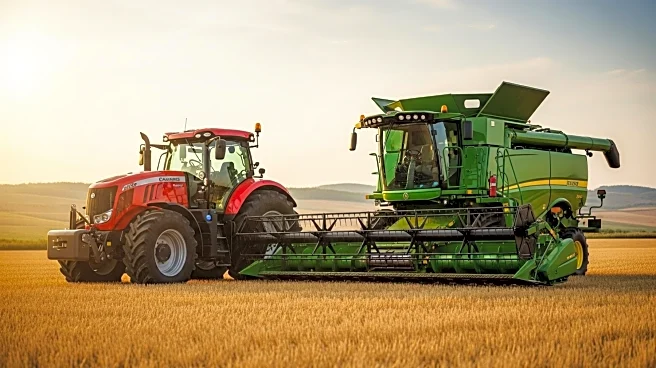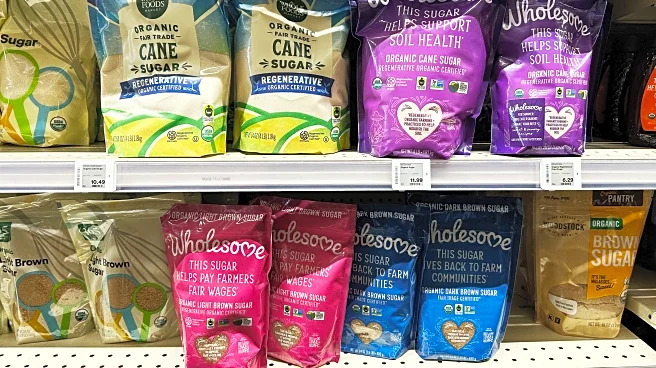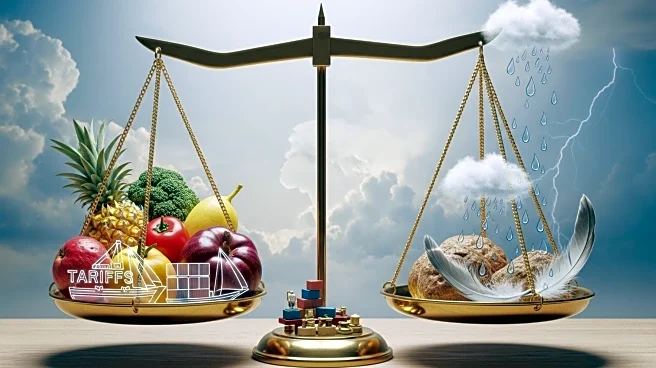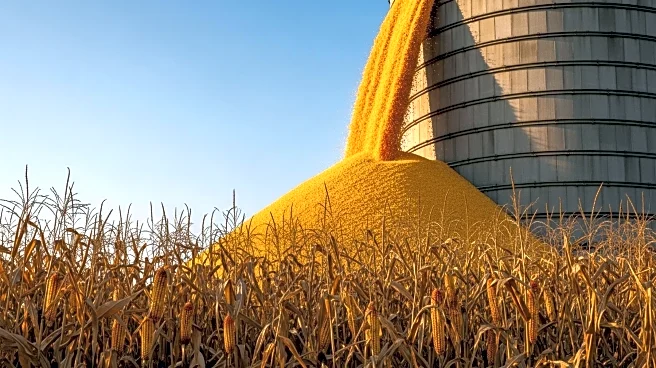What is the story about?
What's Happening?
Beef prices in the U.S. continue to rise, driven by factors such as increased feed prices, persistent drought, and parasites affecting cattle farmers. The USDA has suspended cattle imports from Mexico to protect U.S. livestock from the New World screwworm parasite, further tightening beef supply. The decline in cattle inventory, which has been ongoing since the mid-1970s, has become more pronounced due to these challenges, leading to higher beef prices amid solid demand.
Why It's Important?
The rising beef prices have significant economic implications, affecting consumer spending and the profitability of cattle ranchers. While consumers face higher costs, ranchers benefit from increased cattle prices, although they must navigate challenges such as tariffs and disease prevention measures. The situation highlights the cyclical nature of cattle supply and demand, influenced by long-term trends and immediate pressures, impacting the broader agricultural economy.
What's Next?
As beef prices remain high, consumers may seek alternative protein sources, potentially shifting market demand. Ranchers will need to adapt to ongoing economic pressures and environmental challenges, influencing herd management strategies. The USDA's import policies and disease prevention efforts will continue to shape the U.S. beef industry's future.
Beyond the Headlines
The current situation raises broader questions about the sustainability of traditional cattle ranching practices in the face of environmental and economic shifts. It underscores the need for innovative solutions to address climate change impacts and economic pressures within the agricultural sector.
AI Generated Content
Do you find this article useful?















